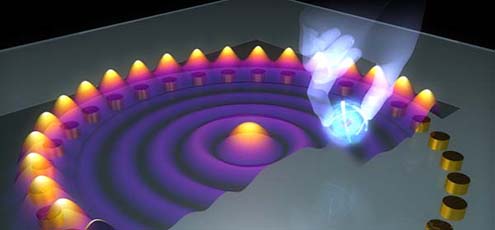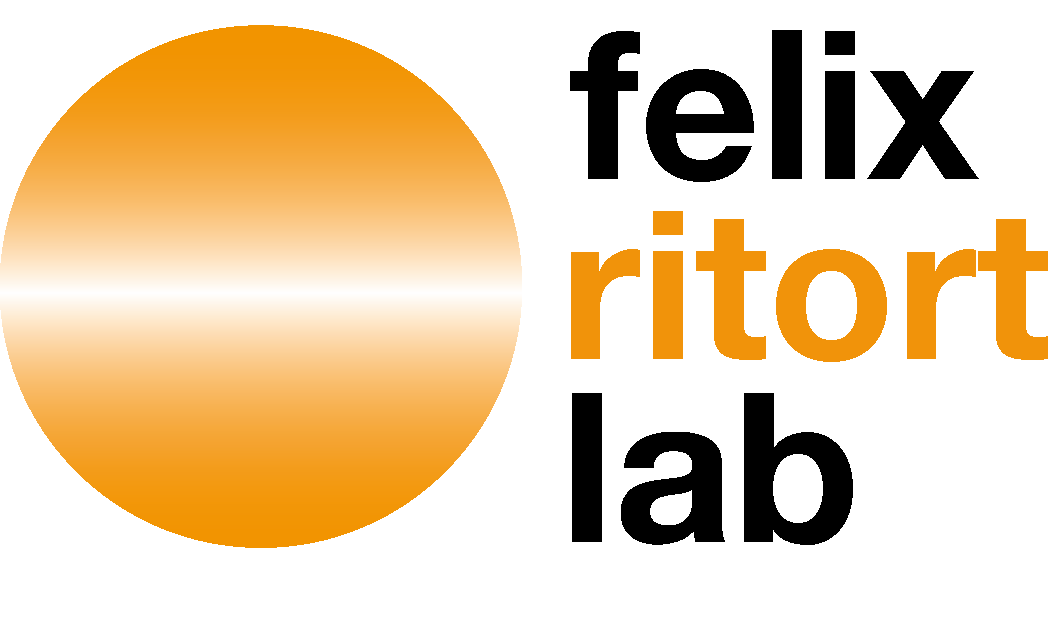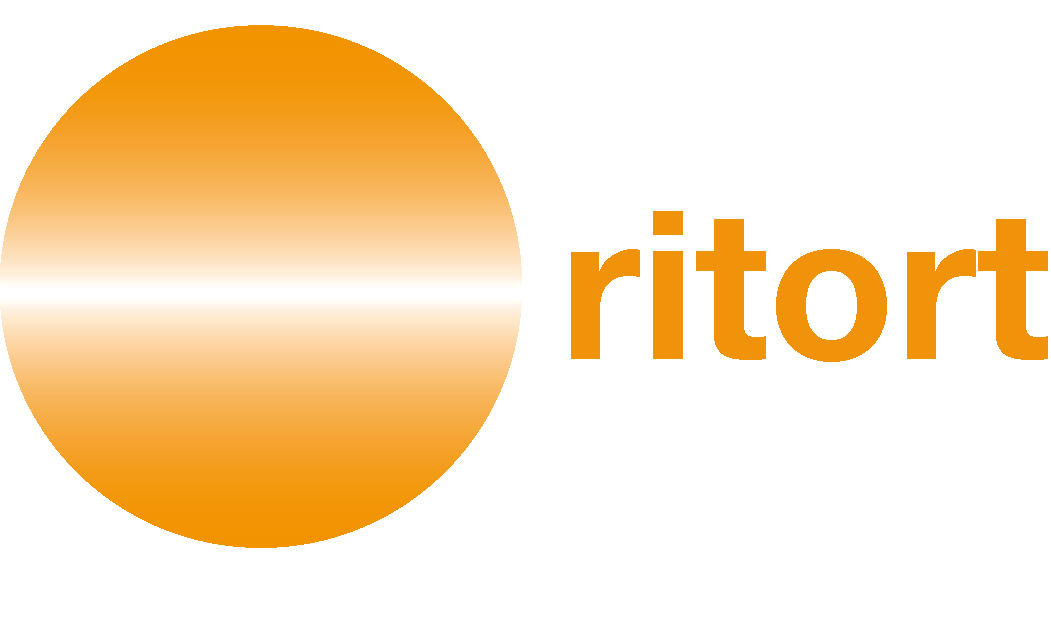
Seminar “Nano-Optical Trapping: Recent developments and applications to quantum physics”
Date
Tuesday, 9th June 2015
Time
12:00 am
Place
University of Barcelona
Faculty of Physics Building
Room 3.20, 3rd floor
Speaker
Dr Romain Quidant, Institute of Photonic Sciences (Spain)
Abstract
Extending optical trapping to the true nanometre scale offers unprecedented opportunities in many fields of science, where nano-optical tweezers would allow the ultra-accurate manipulation of single nano-objects. To this aim we have developed parallel strategies aiming at trapping nano-objects both in solution and vacuum. We here report on our recent advances in each of those and discuss their applications, in particular to quantum physics.
This lecture is organized in two main parts. The first part focuses on plasmon-assisted nano-trapping in which trapping is achieved in the optical near field of a plasmonic nanostructure. We recently extended the concept of Self-Induced Back Action (SIBA) trapping at the extremity of a near field scanning optical microscopy (NSOM) probe. The nano-optical trap is built by engineering a bowtie plasmonic aperture at the extremity of a tapered metal-coated optical fiber. Both the trapping operation and monitoring are performed through the optical fiber making these nano-tweezers totally autonomous and free of bulky optical elements. This configuration enables to trap small dielectric objects in the 10nm range and to move them in 3D with nanometer accuracy. More recently, we also studied how plasmonic optical forces can be exploited to assist the immobilization of artificial atoms in a plasmonic hotspot. In particular, we demonstrate deterministic positioning of individual nanodiamonds hosting a single nitrogen vacancy (NV) in the gap of a gold nanoantenna and characterize their optical coupling through fluorescence lifetime measurements.
The second part of our paper focuses on vacuum trapping and cooling of single nanoparticles. In our experiment, a 150nm silica nanoparticle levitates in the focus of a tightly focused laser beam. We show its motion can be cooled down along all three spatial axes by applying parametric feedback acting on the trapping laser intensity. Due to the absence of clamping, we reach mechanical quality factor Q as high as 108 in high vacuum. This unprecedented Q confers the levitating nanoparticle a huge sensitivity to its environment. In particular, we demonstrate that the thermal energy of remaining molecules is sufficient to drive the nanoparticle motion in a nonlinear regime.
Finally, we discuss how we can exploit this nonlinearity to achieve ultra high force sensing based on stochastic resonances.


